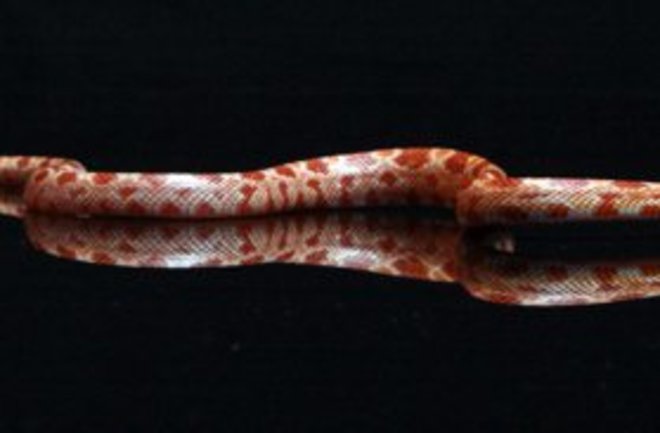If you stroke a snake, its skin feels slick and slippery (ed: or smooth, at any rate). Yet according to a new study by scientists at New York University and Georgia Tech, snakes actually depend on friction to move. Snakes crawl by contracting the muscles that run along their body and pushing against the ground. Recently David Hu and his colleagues took a close look at that snake-surface interface. They anesthetized snakes and lay them on a board. By tipping one end of the board, they could see how well a snake’s body could hold onto the surface thanks to friction alone, without any extra forces generated by the snake’s muscles. Hu and his colleagues discovered that snake scales can actually create a lot of friction by catching on tiny bumps on the surface they’re lying on. (They only feel smooth if you stroke them tailward.) The scientists found that the scales can generate twice as much friction if a snake is sliding forwards than if it is sliding sideways.
How To Be A Snake [Life in Motion]

Newsletter
Sign up for our email newsletter for the latest science news
0 free articles left
Want More? Get unlimited access for as low as $1.99/month
Stay Curious
Sign up for our weekly newsletter and unlock one more article for free.
View our Privacy Policy
Want more?
Keep reading for as low as $1.99!
Already a subscriber?
Find my Subscription
More From Discover
Stay Curious
Subscribe
To The Magazine
Save up to 40% off the cover price when you subscribe to Discover magazine.
Copyright © 2025 LabX Media Group
